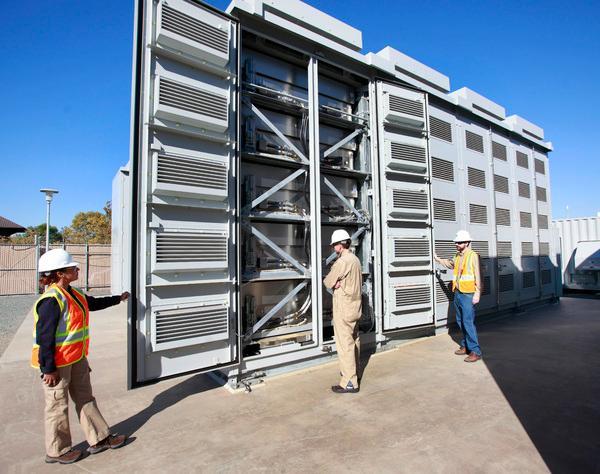NEM paired storage is now in effect for all of the three main California investor-owned utilities (IOUs). In February, the California Public Utilities Commission (CPUC) approved a decision that will allow customers with energy storage systems to receive credits for storage energy that is sent back to the grid, as long as the storage system charges entirely from solar. In the past, customers were only allowed to receive credits from the excess energy produced by a solar system exported to the grid, but now, with some stipulations, energy exports from a battery with receive full NEM credit. The decision also softens the rules on the metering requirements of NEM paired storage systems larger than 10 kW. Assuming the control configuration is certified to a national standard or utility-approved testing procedure, power control-based options will now suffice. This decision follows a petition that was filed by CALSSA (California Solar & Storage Association) in September of 2017. The petition was supported by solar and energy storage industry advocates, as well as the three major California IOU’s (PG&E, SCE, SDG&E).
Key Provisions
- The battery must charge 100% from solar in order to receive the net metering credits from storage energy exported to the grid
- Metering requirements. For storage systems >10 kW that meet certification requirements, a net generation output meter (NGOM) is no longer required
- To qualify storage equipment must be certified under a new standard, the UL Power Control Systems Certification Requirements Decision
- The CPUC decision orders the IOU’s to update their tariffs and interconnection agreement forms within 45 days
What’s the net effect?
The energy storage market in California is poised to benefit from the decision by removing restrictions on how Energy Storage Systems (ESS) can operate so that they can capture full NEM value when there’s an adequate price signal to export. Furthermore, NGOM metering requirements have been expensive and time-consuming, so the new metering rules will reduce the cost and remove friction for systems greater than 10 kW. Storage industry advocates hope this important decision will set a precedent around the country.
The IOU’s (PG&E, SCE, SDG&E) are mandating customers move to time-of-use (TOU) rates, which have much later evening “on-peak” periods. Allowing ESS to export during the later evening “on-peak” and receive the premium retail rate credit, makes storage more economically viable, and allows it to help hedge against the ‘value of solar’ erosion underway. This decision will likely drive more demand for retrofitting ESS to existing solar systems for residential customers, once they lose their grandfathering protections and are forced onto the new TOU rates.
Updates in Energy Toolbase
The ‘ESS Control Settings’ feature within Energy Toolbase gives users the ability to specify if ‘ESS must charge from PV only’, and also allow or restrict ‘ESS exports to grid’. Therefore, with the click of a button, users can run storage dispatch simulations based on these new rules, or run A/B analysis to see what savings would have been under the old rules. Energy Toolbase also enables users to specify the ‘export rate’ value of energy that gets sent back to the grid, which is important for modeling “self-consumption” storage scenarios in markets like Hawaii and Australia.
Links
- CPUC Final Decision
- California clears another hurdle to energy storage net metering, Energy Storage News
- California NEM policy to be a boom for commercial solar and energy storage, Solar Industry Magazine
- The Time has Come for Battery Net Metering, Greentech Media


